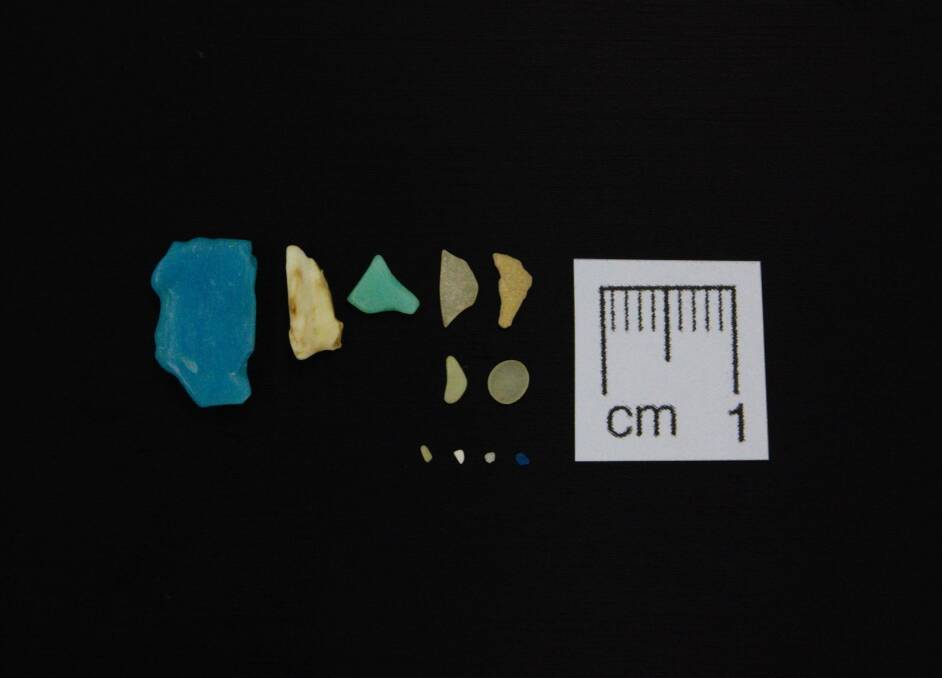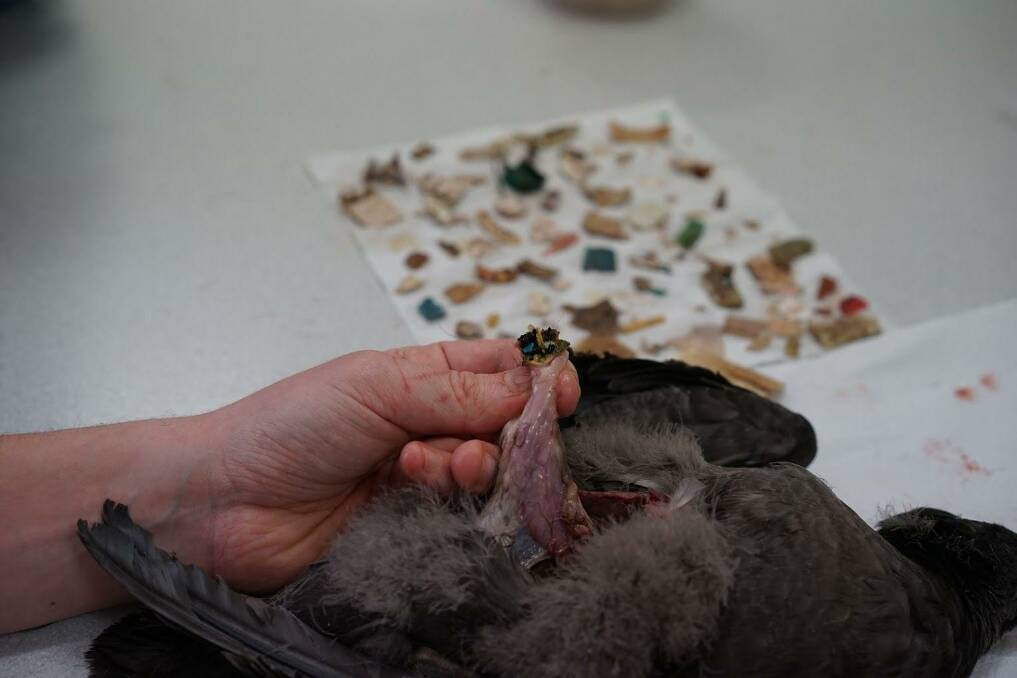
Scientists at the University of Tasmania have discovered a new method to separate plastic from the stomachs of seabirds that suggests the consumption levels and impacts previously reported have been underestimated.
Subscribe now for unlimited access.
$0/
(min cost $0)
or signup to continue reading
The research, published last month in the Marine Pollution Bulletin, used enzymes and potassium hydroxide to dissolve the smaller gizzards of flesh-footed shearwater fledglings from Lord Howe Island.
This allowed the team, including Dr Jennifer Lavers and Georgina Stivaktakis, to confirm in 7 per cent of birds the suspected but previously undocumented "ultrafine" plastics between one millimetre and one micron - the diameter of a human hair - in size.
"The output from the paper was designed to shine a light on what we're basically missing," said Dr Lavers, who has been studying the effect of plastics on the birds since 2005.
IN OTHER NEWS
She added even though the paper makes an advance on scientific knowledge, information on nano plastics - and the prevalence of the smaller particles in other species - was still needed.
"It just keeps going, there's levels even below nanoplastics where it just gets smaller and smaller and smaller," Dr Lavers said. "It's like dust in the atmosphere."
"There's lots of things in the atmosphere that we can't see with our naked eye, but are actually really dangerous. It's transforming our world."

Plastics are a well-documented threat to marine ecosystems, with previous studies indicating more than 90 per cent of seabirds have consumed the material, which can expose them to toxic substances and other dangers.
The UN Environment Program has previously described marine plastics as a toxic time bomb that, in addition to trapping wildlife or being mistaken for food, could carry chemicals including the pesticide DDT.
Another study published this month, of which Dr Lavers was the lead author, found the Cocos Keeling Islands covered in 238 tonnes of plastic.
While you're with us, you can now sign up to receive breaking news updates and daily headlines direct to your inbox. Sign up here.


